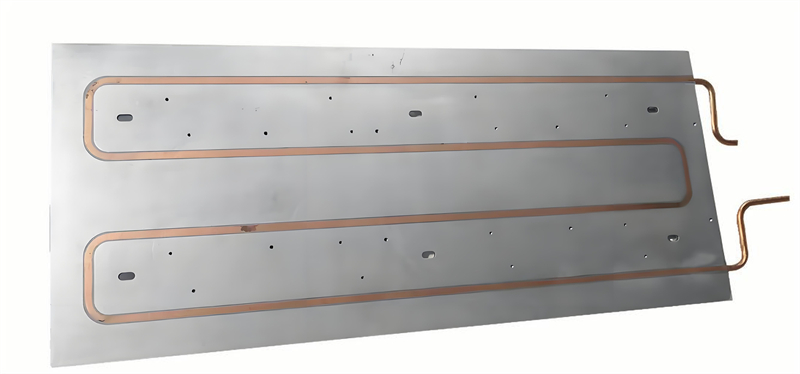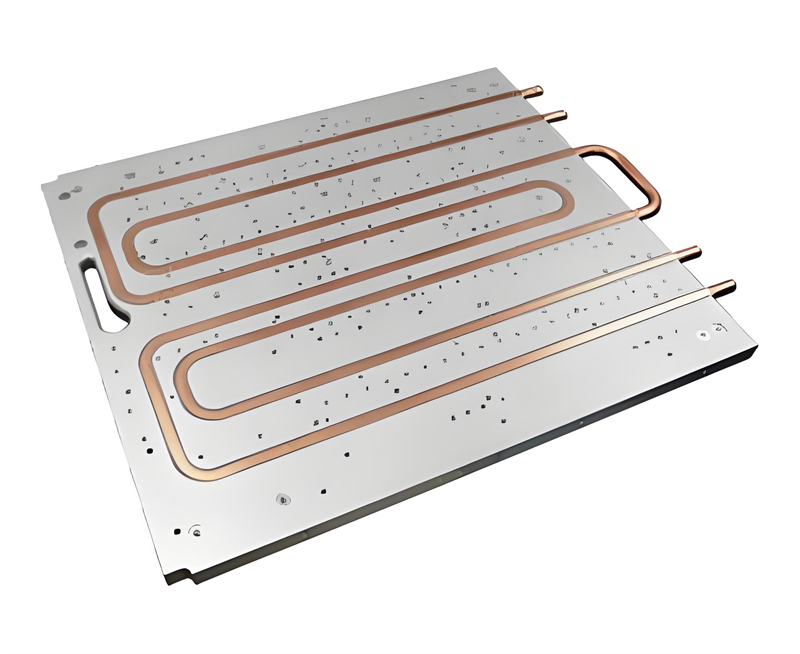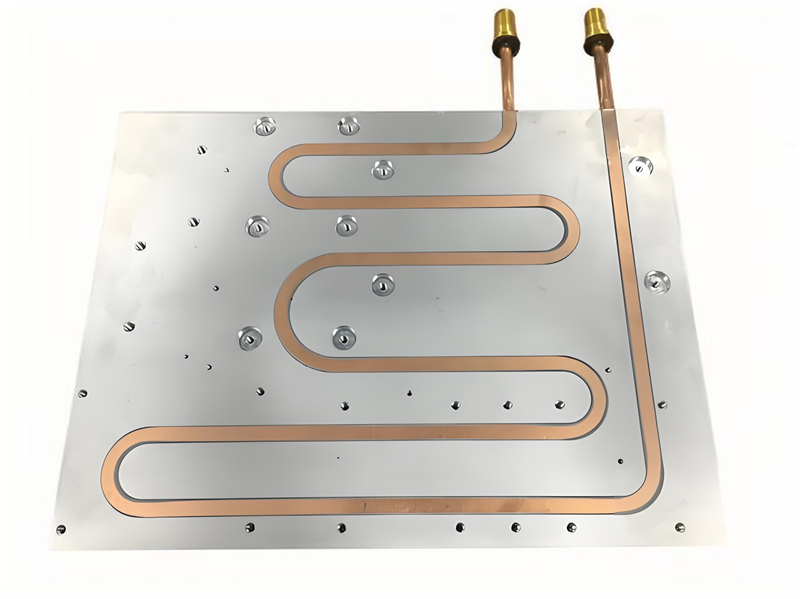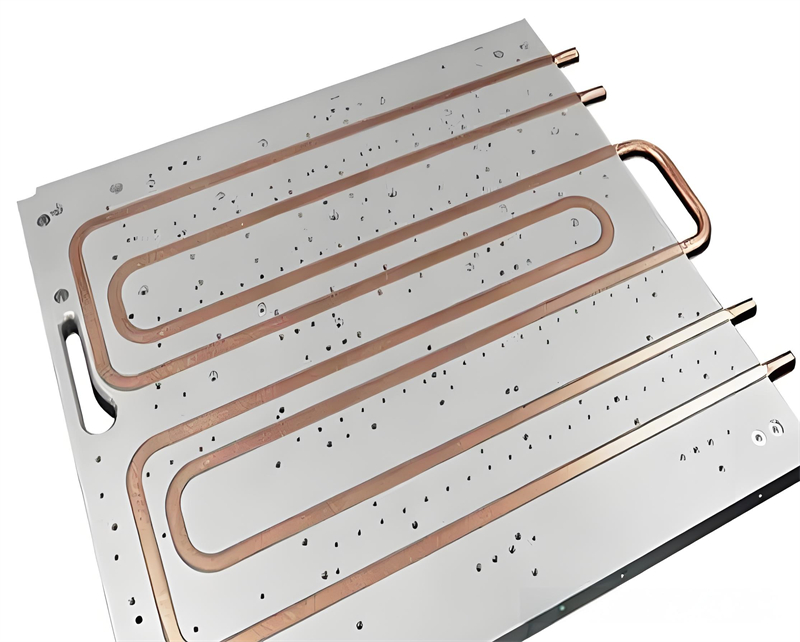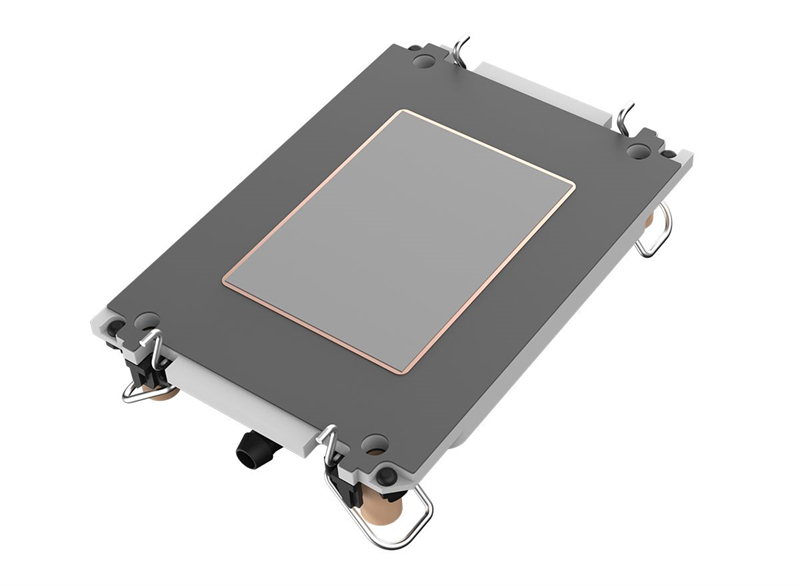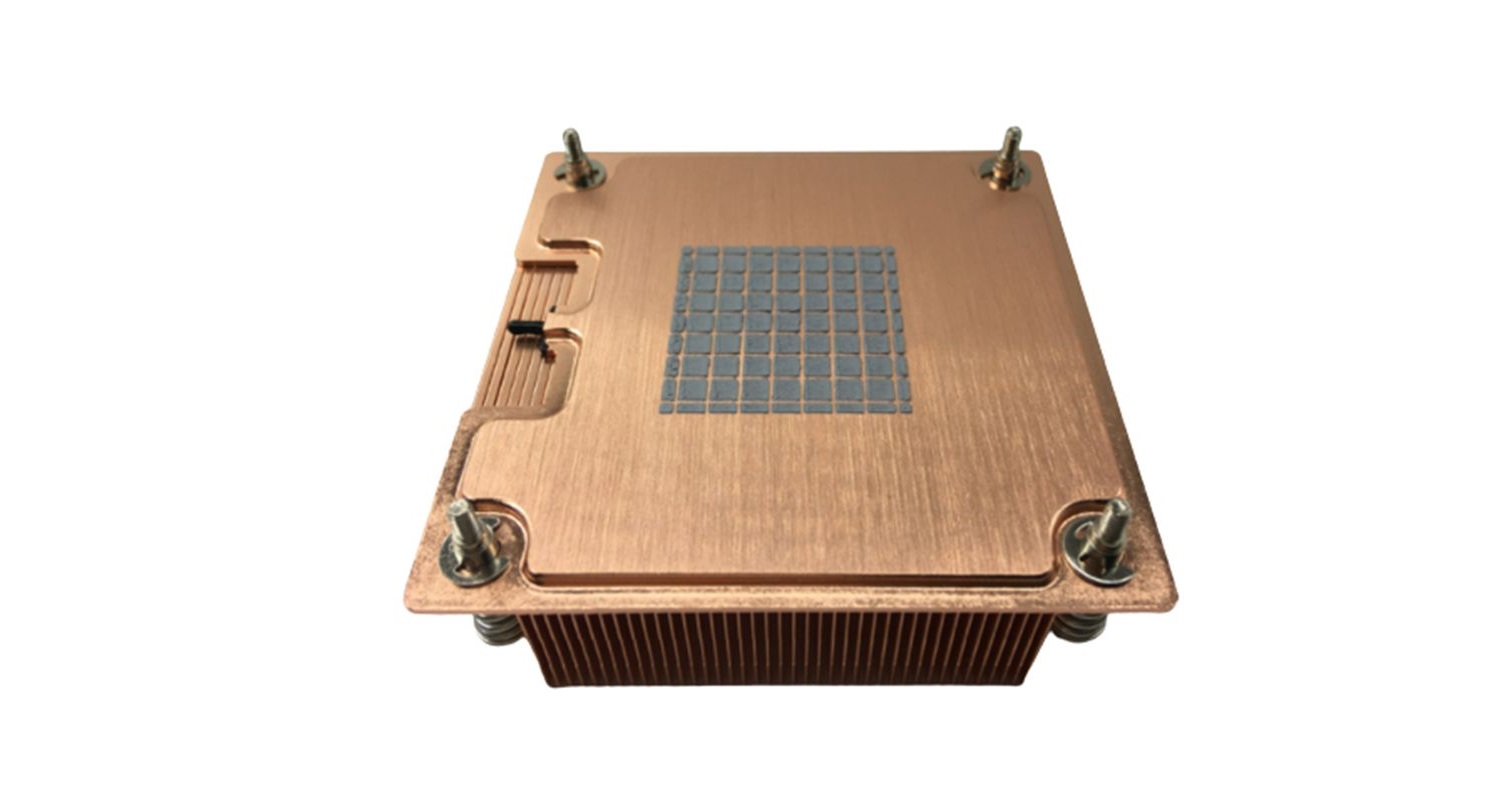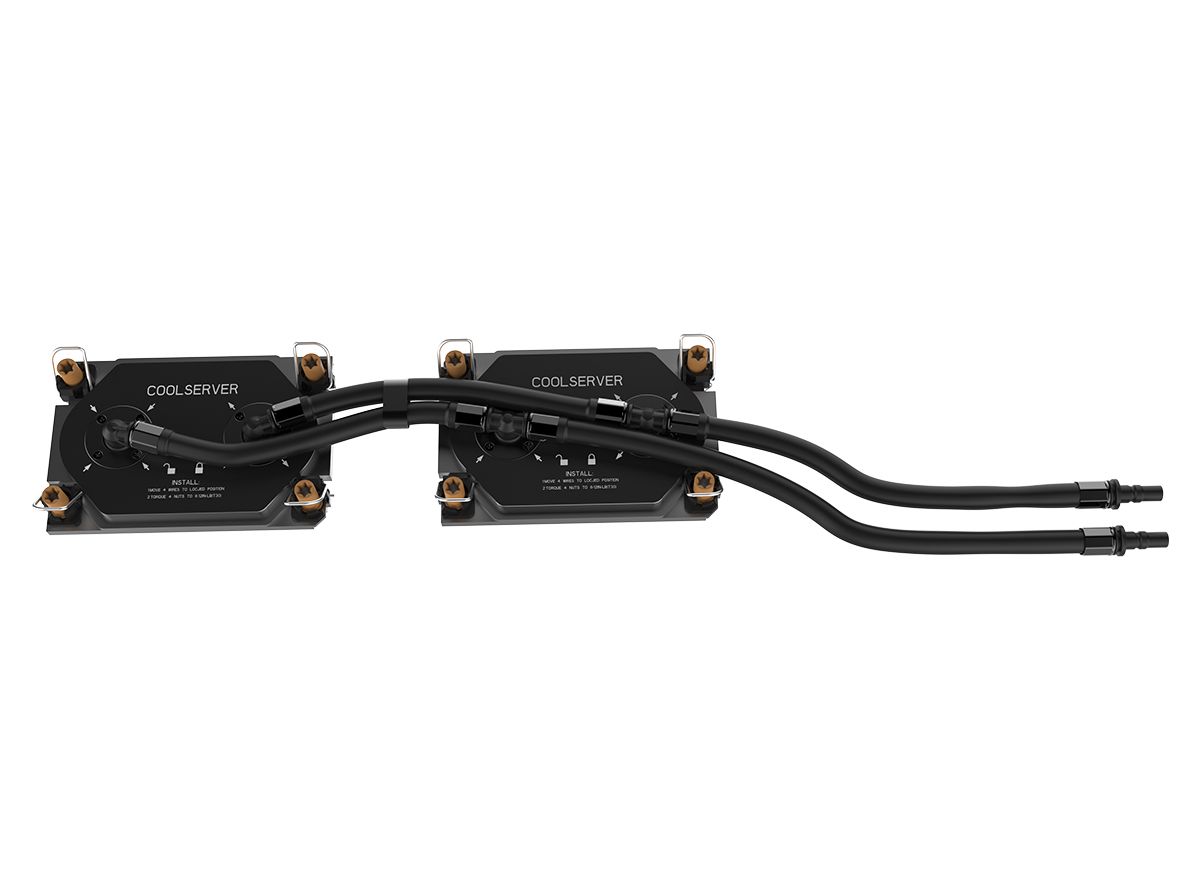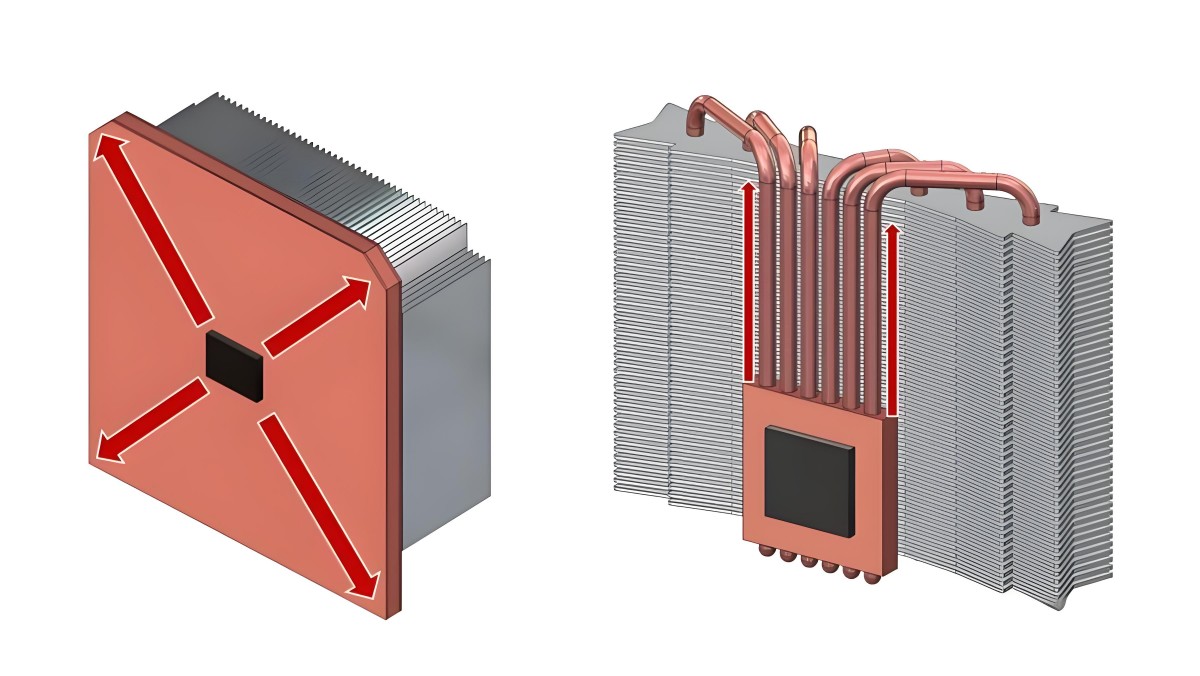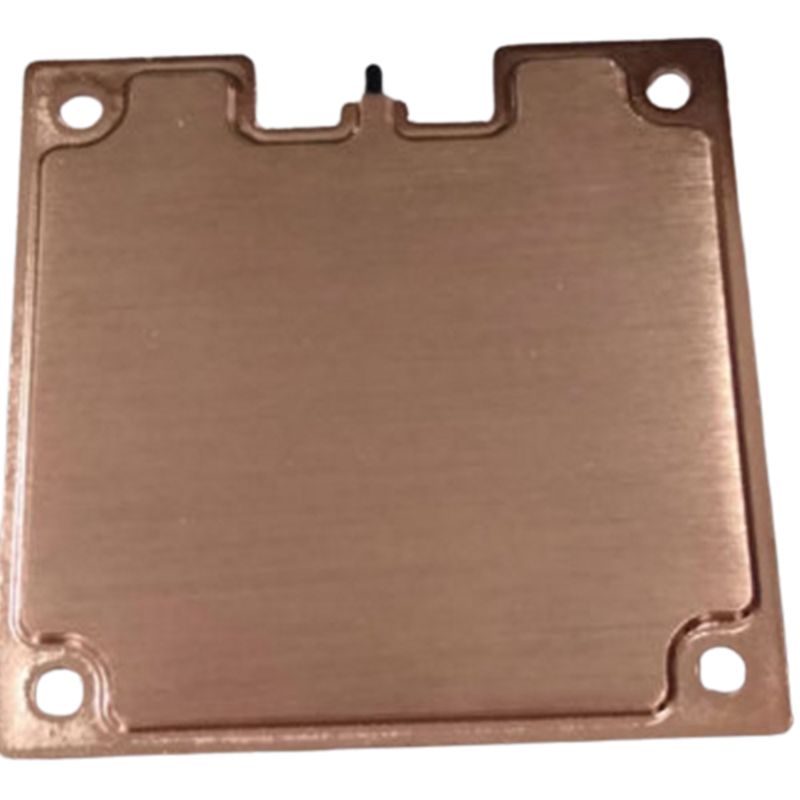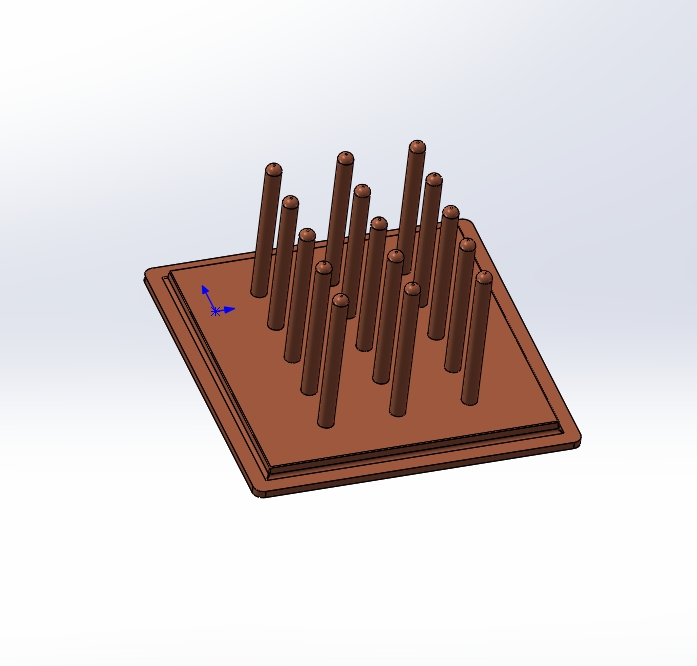01020304
How does a cold plate work?
2024-12-26
Liquid cooling has emerged as a very effective solution in the field of thermal management, especially in high-performance computing and electronics. At the heart of many liquid cooling systems is the cold plate, a critical component designed to efficiently transfer heat away from sensitive components. This article takes an in-depth look at how Cold Plates work and their role in liquid cooling systems.
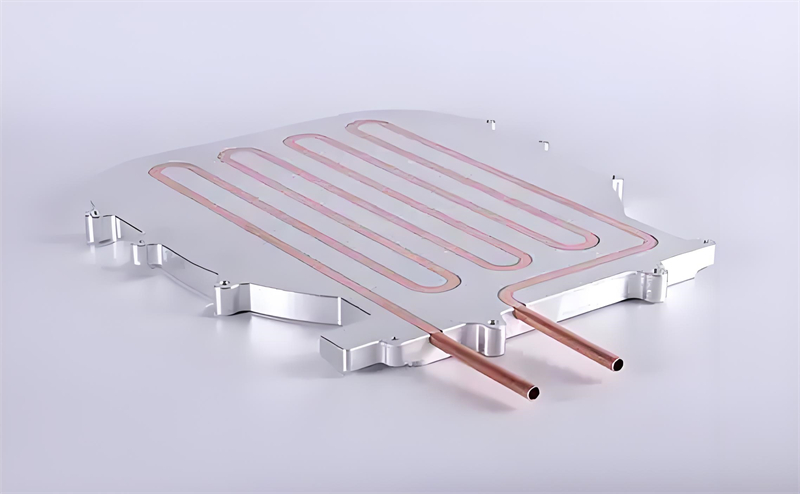
What is a cold plate?
A cold plate is a heat exchanger that helps transfer heat from heat-generating components, such as the CPU or GPU, to a liquid coolant. Cold plates are typically made of highly thermally conductive materials, such as copper or aluminum, and are designed to maximize surface area and enhance heat dissipation. They are often integrated into liquid cooling systems to maintain optimal operating temperatures, thereby improving performance and extending the life of electronic components.
How does a cold plate work?
The operation of the cold plate is relatively simple, but very efficient. Here is a step-by-step introduction to its working principle:
1. Heat absorption: When a component generates heat during operation, a cold plate is mounted directly on it. Thermal interface material (TIM), usually thermal paste or thermal pad, is applied between the component and the cold plate to ensure efficient Heat Transfer. The cold plate absorbs heat from the component, thereby increasing its temperature.
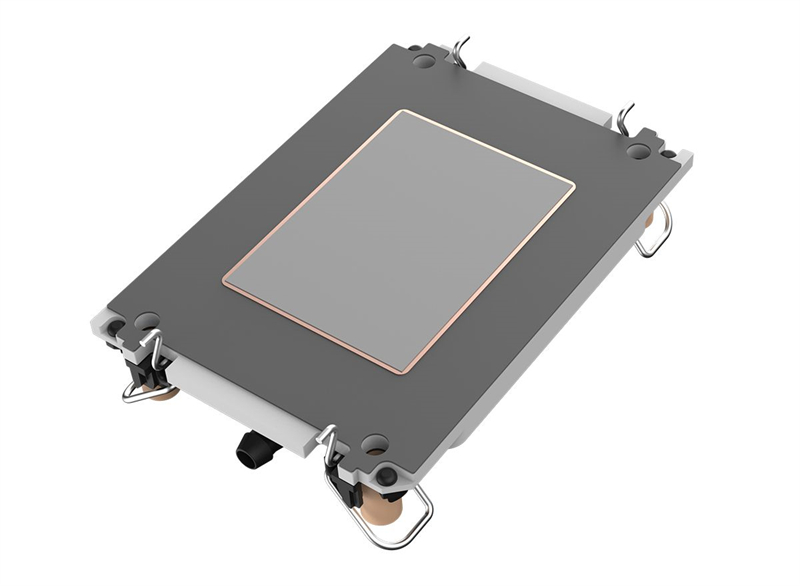
2. Heat transfer to coolant: Cold plates are designed with channels or passages through which liquid coolant flows. As the cold plate absorbs heat, it transfers it to the coolant circulating within these channels. The design of the cold plate is critical; it must provide adequate surface area and flow paths to maximize heat exchange.
3. Coolant Circulation: The coolant, usually a mixture of water and antifreeze or a specialized coolant, is pumped through the cold plate. As the coolant flows through the channels, it absorbs heat from the cold plate, effectively cooling the cold plate. The coolant increases in temperature as it absorbs heat and continues to circulate through the system.
4. Heat Dissipation: After the coolant leaves the cold plate, it is directed to a radiator or heat exchanger. Here, the coolant releases the absorbed heat into the surrounding air, usually with the help of a fan to enhance the airflow. After cooling, the liquid returns to the cold plate and the cycle repeats.
Advantages of Liquid Cooled Cold Plates
Liquid-cooled cold plates offer several advantages over traditional air cooling methods. First, they provide superior thermal management, which reduces operating temperatures and increases performance. This is especially important in high-performance computing environments where components generate a lot of heat.
Secondly, cold plates can be designed for specific applications, making them suitable for a wide range of electronic devices from gaming PCs to industrial machinery. Their compact design allows for efficient use of space, which is critical for densely packed systems.
Finally, liquid cooling systems, including cold plates, tend to run quieter than air cooling systems because they rely on liquid flow rather than high-speed fans to dissipate heat.
In conclusion
In summary, liquid cold plates play a vital role in modern thermal management solutions. By efficiently transferring heat from critical components to the circulating coolant, they help maintain optimal operating temperatures, improve performance, and extend the life of electronic devices. Understanding how cold plates work is essential for anyone involved in designing or maintaining high-performance systems, as they represent a key technology in the ongoing quest for efficient thermal management.






 Mr. Perry Wu International Sales Director
Mr. Perry Wu International Sales Director
